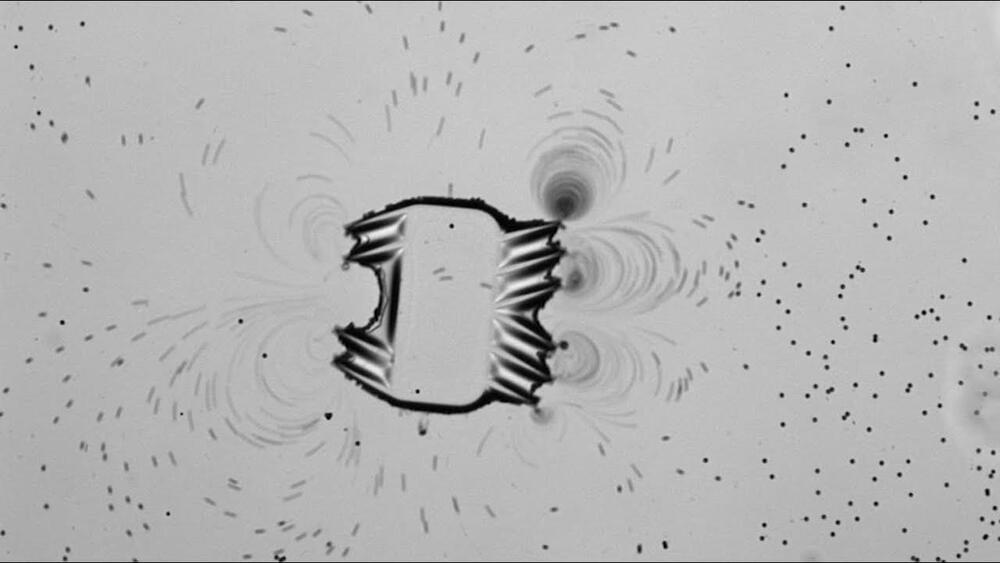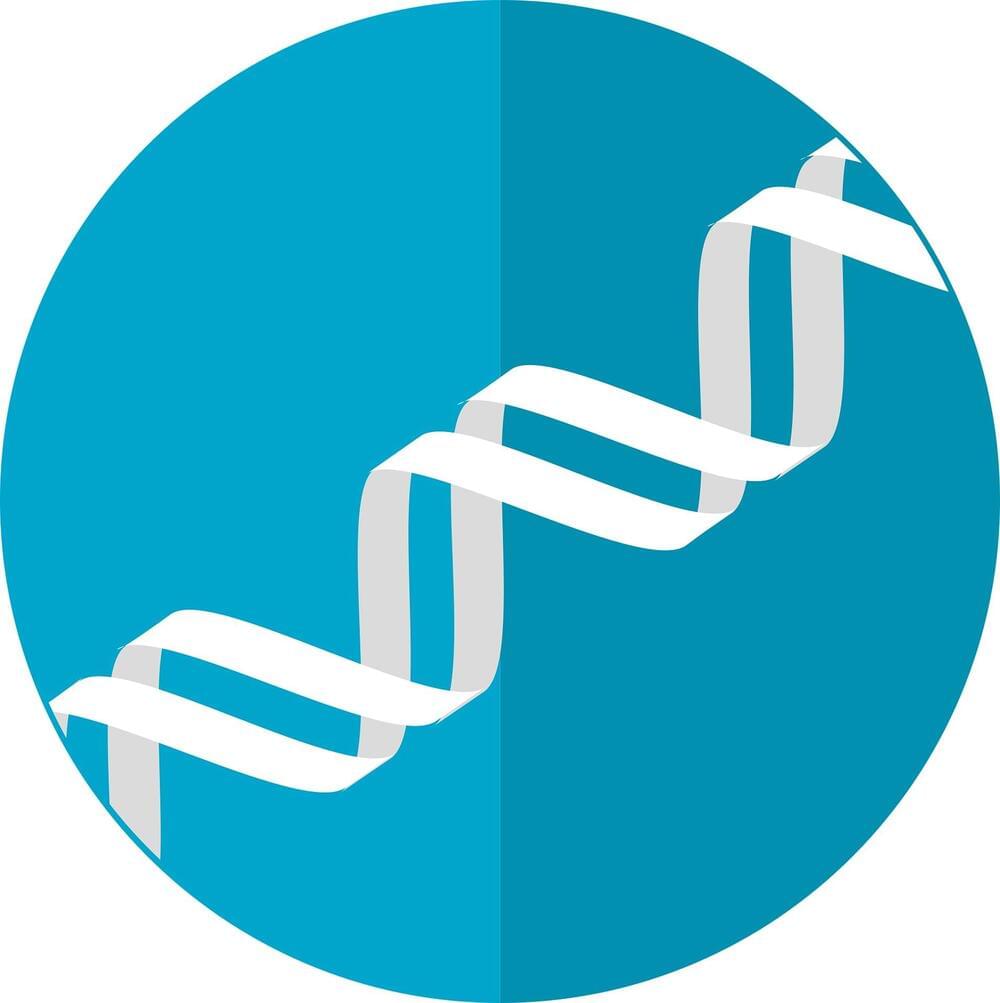Engineers have successfully transferred digitally encoded information wirelessly using nuclear radiation instead of conventional technology.
Radio waves and mobile phone signals relies on electromagnetic radiation for communication but in a new development, engineers from Lancaster University in the UK, working with the Jožef Stefan Institute in Slovenia, transferred digitally encoded information using “fast neutrons” instead.
The researchers measured the spontaneous emission of fast neutrons from californium-252, a radioactive isotope produced in nuclear reactors.









